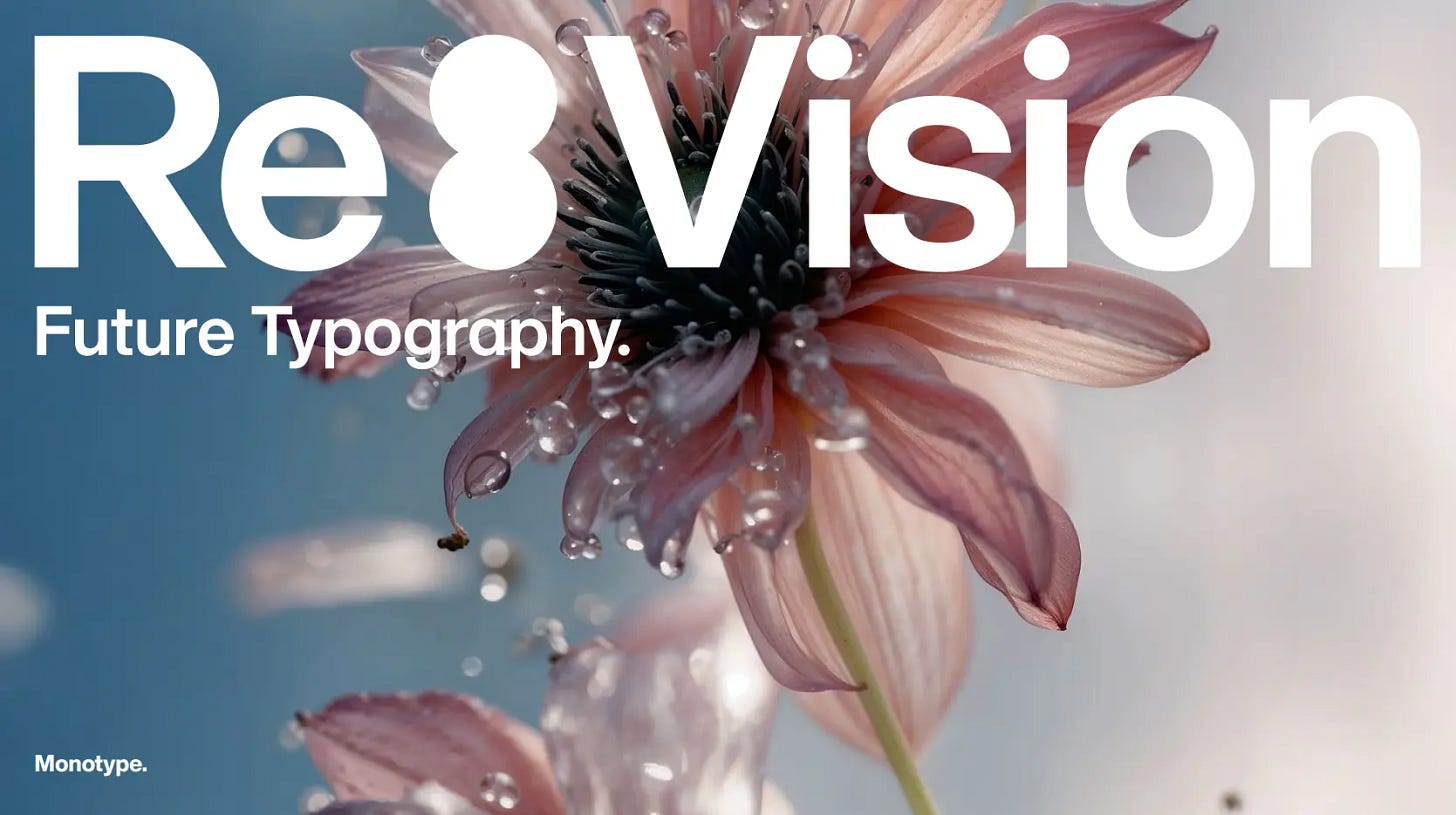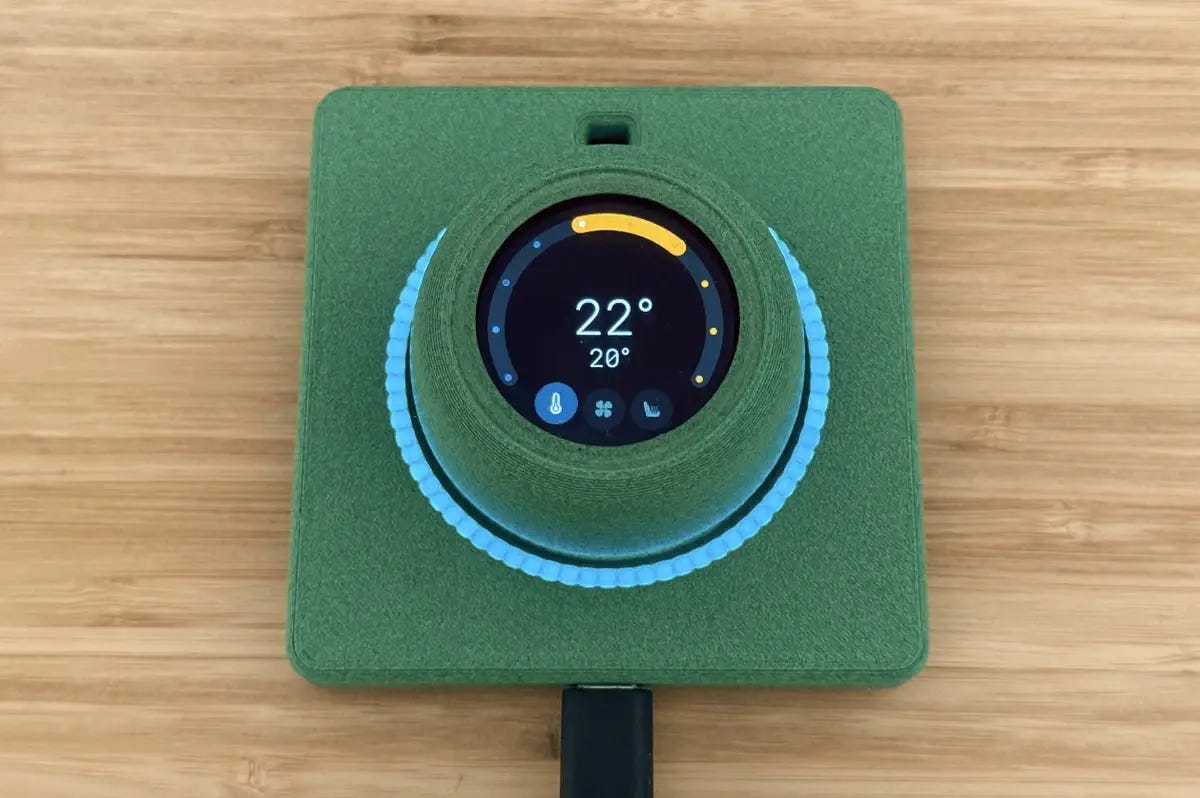Issue 140
Recrafting folklore design
Hello, dear readers! 👋
In this issue, among other things:
Font trends of 2025
How to conduct a design review
How to generate a summary of comments in Figma
How to use advanced AI model features
A comprehensive five-minute lesson on variables in Figma
Juicy scenic showreel with 3D simulations
2,800 concise SVG icons for free
…and much more!
Enjoy reading!
🗞 News and articles
Monotype has published an annual report on the trends of typography and font design. The result is a 70-page presentation that examines the impact of cultures, neural networks, politics, and other factors.
Key trends:
Growing interest in kinetic typography
Strengthening the role of AI in font creation and customization
Experiments with variable fonts
Eco-friendly fonts that reduce ink and paper consumption
How I review design work. Defining what «good design» actually...
Ted Goas shared his experience of conducting a design review. He explained what you should pay attention to when evaluating a design, sorted out specific questions for the review and explained what good design is.
Main thoughts and tips:
Before reviewing, it is important to understand the context: the purpose of the design, the audience, and the limitations of the project. The author should prepare a couple of paragraphs of description or a 30-second story.
It is desirable that the author not only completed the task according to someone else's technical workflows, but also offered his own ideas.
If there are fundamentally new solutions in the project, there must be a justification for them.
Good design should hide the complexity of the product's internal processes. What the user sees should be easy, understandable, and at the same time reliable.
The texts should be clear, appropriate to the brand's voice, and should not overload the interface.
⚡️ Briefly
The Subtle Art of Designing Physical Controls for Cars. Casper Kessels developed the concept of a physical controller for the car's climate control console and shared the details of the process.
New technologies
OpenAI has released GPT 4.5, its newest and most advanced AI model. It is characterized by much more natural communication, even deeper knowledge, and, most importantly, fewer mistakes. The number of hallucinations was reduced from 61.8% to 37.1%. The model understands the user's intentions much better and copes well with writing texts, programming and problem solving.
The model has already become available via API and for Pro users, and it will appear on the Plus tariff in the coming week. The price is quite high — $75 per million input tokens and $150 per million output tokens.
Highlights from the reviews of users who have gained access to the model:
It seems more human, creative, and understanding. Because of this, you want to communicate with her longer.
The model has better taste, and it provides more meaningful and valuable recommendations. For example, in music
Explains complex concepts better, for example, in mathematics
It performs tasks such as solving riddles, checking essays for contradictions, making sentences with specified conditions, and others better.
Generates SVG code based on sketches better.
Chinese company Alibaba has released Wan 2.1, a powerful new open source model for generating realistic videos. Allows you to create videos in 480 and 720p resolution. The smallest version of the model requires only 8.2 gigabytes of video memory, while the largest requires up to 77
Microsoft has made Copilot's AI assistant free - now Voice and Think Deeper functions can be used without restrictions. They work on the basis of the o1 model from OpenAI.
OpenAI has added voice mode to the free version, but with limitations
Pika 2.2 has been released, an updated model for video generation. We accelerated the generation to ten seconds per video, increased the resolution to 1080p, and added a transition creation mode.
Keep reading with a 7-day free trial
Subscribe to bezier.design to keep reading this post and get 7 days of free access to the full post archives.








